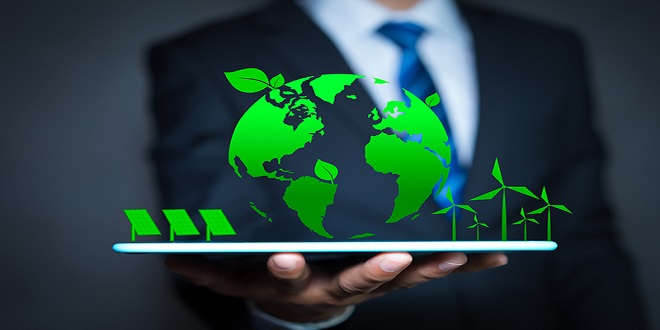Why Property Developers Should Pay Attention to the Environmental Impact Of Their Projects?

Although property development can be a very lucrative business, there are many other factors to take into consideration. The potential environmental impacts of a development project is a critical consideration. This topic is hot and is receiving global attention. The issue has been brought to the forefront of planning in property projects due to recent bill changes. This article explains why.
Why do Property Developers need to Care about the Environmental Impact of Their Projects?
Why is it important for property managers to be aware of the environment? The answer to that question is not clear. Everybody should be aware of the environmental impact of their daily lives, but some people are more responsible than others. Property developers are one example of this tree. Developers have the chance to make their investments greener and must follow certain rules when building.
The infrastructure is responsible for many environmental negative factors, including pollution and the destruction of wildlife and nature. The responsibility falls on property developers to take up the challenge. These developments account for nearly 20% of all greenhouse gas emissions and almost half of all raw material use. These projects need to consider the environment in order not only to meet the growing demand for housing, but also to preserve the planet’s natural resources and biodiversity.
How can we minimize the negative environmental impact?
It is not always easy to see how your actions can have a positive impact on the environment. These points should serve as a guideline to help you take action.
Assure a Biodiversity net Gain
A requirement for all large-scale development projects is to have net biodiversity gain. What does this all mean for developers? This means that whatever is being built must be respectful of the environment. This applies to all phases of the development process, but also the final product. What is left after the project is completed must be mindful of the environment and wildlife. If the biodiversity net gain plan is to be considered, it must show at least a 10% increase in biodiversity from when the project began. If it fails to do so, it will be subject to the Environment Bill.
This is why you must be able to make reasonable considerations about the legislation in order to pass the planning part of things. Experts such as Arbtech can be a valuable asset. Arbtech provides professional consulting services in relation to biodiversity considerations in building development. They will provide a comprehensive assessment of the local requirements and restrictions, and then recommend a timeline to help you move your project forward.
Use Sustainable Material
You can search for sustainable building materials in the planning phase to replace those that have a greater carbon footprint. Concrete is responsible for nearly 10% of all CO2 emissions. However, it remains one of the most popular building materials. This is a worldwide figure, so it is possible to reduce concrete’s use on a global basis. Concrete is only one manifestation of a larger virus. There are also asphalt, plastic, and steel.
As the environmental movement gains momentum, the industry is looking for more sustainable materials to build and develop. These include recycled steel and plastic, but also natural and replenishable materials like wood and bamboo. Although they may not have the same strength or fortitude as cement they are still attractive due to their reduced negative impact on the natural world.
Insulate Your Building
Insulate your investments is something that every developer can do. Insulation can make a building more comfortable and retain natural heat better. Insulated infrastructures and colder seasons are the biggest heat drains. With the right insulation, money can be saved and energy can be saved.
Be Green with Your Energy Choices
One of the greatest challenges facing the climate is moving away from fossil fuels. Access to green energy is often difficult and not always available. There are still ways to make green energy more accessible and there are some impressive options.
Solar Energy
Solar energy is a form of solar energy that uses the sun’s ultraviolet rays to power buildings. It can be used to power lights and appliances. To absorb the sun’s UV rays, solar panels are placed on the roof. This is converted into energy. These panels can absorb potential energy continuously and are a practical long-term solution to developers who want something more eco-friendly.
Biomass
Biomass fuel is made from wood, plants and household waste. The subject is then converted into energy, which can be used for energy purposes. It is an alternative to traditional heating oils and electricity. This makes it more sustainable. It is easy to install, provided you have enough space for the boiler as well as the fuel to burn. Even though it emits a little carbon dioxide, biomass is still better than fossil fuel energy.
Wind Turbines
Wind turbines convert natural wind into renewable energy, which then provides power. This option is not for everyone. It requires space and maintenance. If you have the land and the time, wind energy is possible all year.
Hydropower
Hydropower is the use of water to generate energy, which can then be converted into power. Hydro energy is a viable option if you live near a significant water source.
Given the current statistics regarding development’s negative environmental impact, it is clear that developers share a major responsibility to ensure that their projects reduce their carbon footprint.

